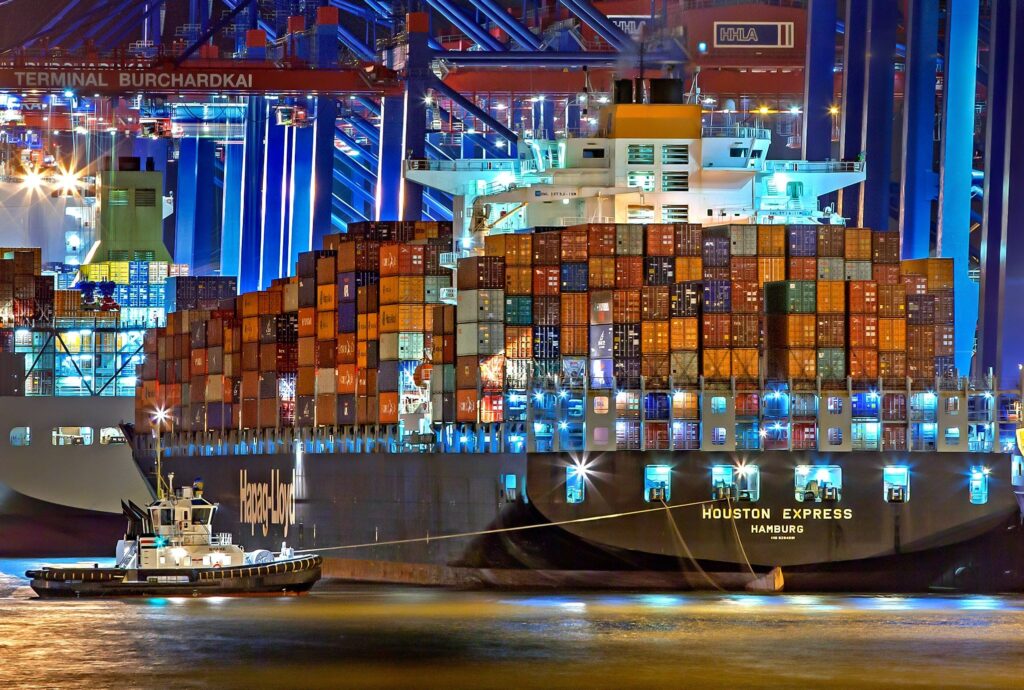The transport of goods from one place to another is exposed to various risks that can irreparably harm them.
What is public goods transport insurance?
For your information, there are two forms of freight insurance.
- The first is the one called private freight transport which is only for carriers transporting their own cargo.
- The second is that called public transport of goods or TPM, which is accessible to all traders who request it.
The TPM is an insurance contract which aims to cover the damage that goods may suffer during transport, regardless of the means chosen (sea fleet, road vehicle or plane). Provided that the carrier carries it out on behalf of a third party. In this sense, the responsibility for the transported goods is transferred by the carrier to an insurance company.

How does public transport insurance work?
In return for the guarantees fixed and provided beforehand, the insurance companies make available to the carrier on behalf of a third party, the promise of compensation for a range of risks relating to transport. Offers usually include:
- Insurance of vehicles (boat, plane, trucks, etc.) in the event of wear and tear following various constraints during transport
- Insurance of goods and equipment in the event of degradation, loss, theft or any other form of damage they may suffer along the journey
- Civil liability coverage for damage caused to others, the environment or the ecology.
- Lawyer’s fees, recovery of unpaid bills, operating loss in the event of a claim affecting the transport activity, the carrier’s turnover and those of the owner of the goods
What are the different forms of public goods transport insurance?
Road transport insurance is the first form. The guarantees are mainly centered on the future of the cargoes, the automobile as well as the civil liability for bodily injury caused to others and to oneself.
Insurance on maritime and river fleets is the second form. General average due to bad weather and the duration of the journey, as well as special average such as theft and breakage, are the main risks incurred.
Finally, insurance on air TPM is the third form. Travel time is shorter there. Similarly, the quantity transported is reduced so that it does not require substantial guarantees.
The list is not exhaustive and is dependent on each insurance company.
What are the advantages of subscribing to public transport insurance?
The transport activity is one of the branches most exposed to accident risks. When the case arises, the consequences and losses are always heavy and difficult to overcome. The establishment of a contract with the insurance will make it possible to:
- Avoid financial losses.
- Ensure the continuity of the production, marketing and sales activity.
- Maintain the company’s brand image.
- Guarantee the safety of goods, etc.




